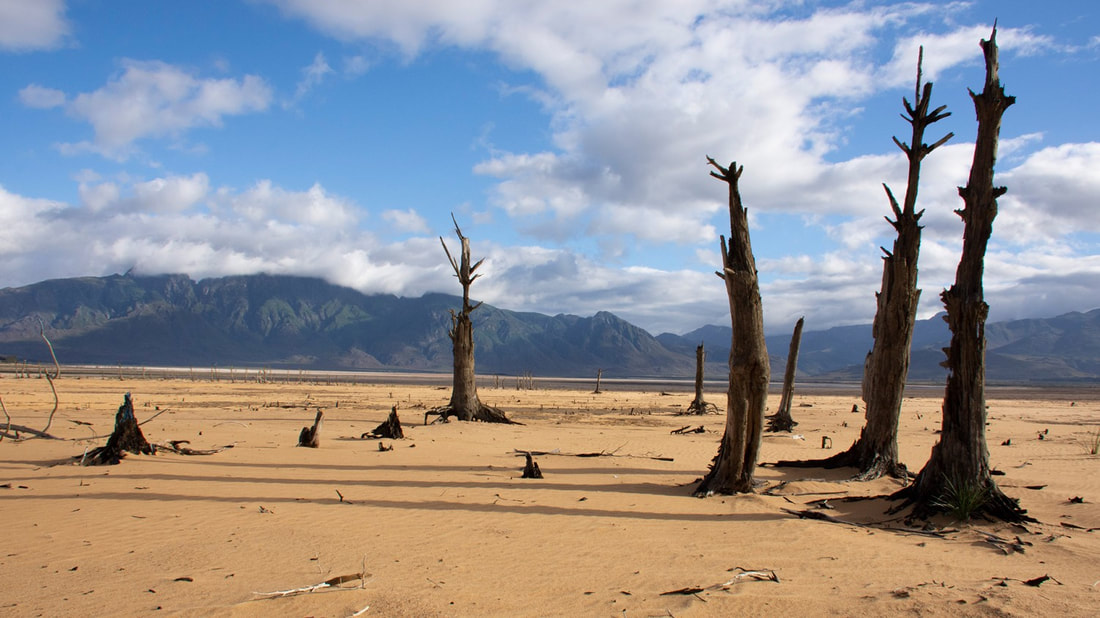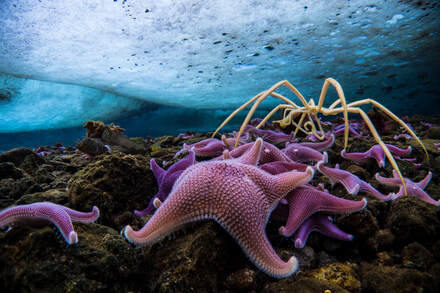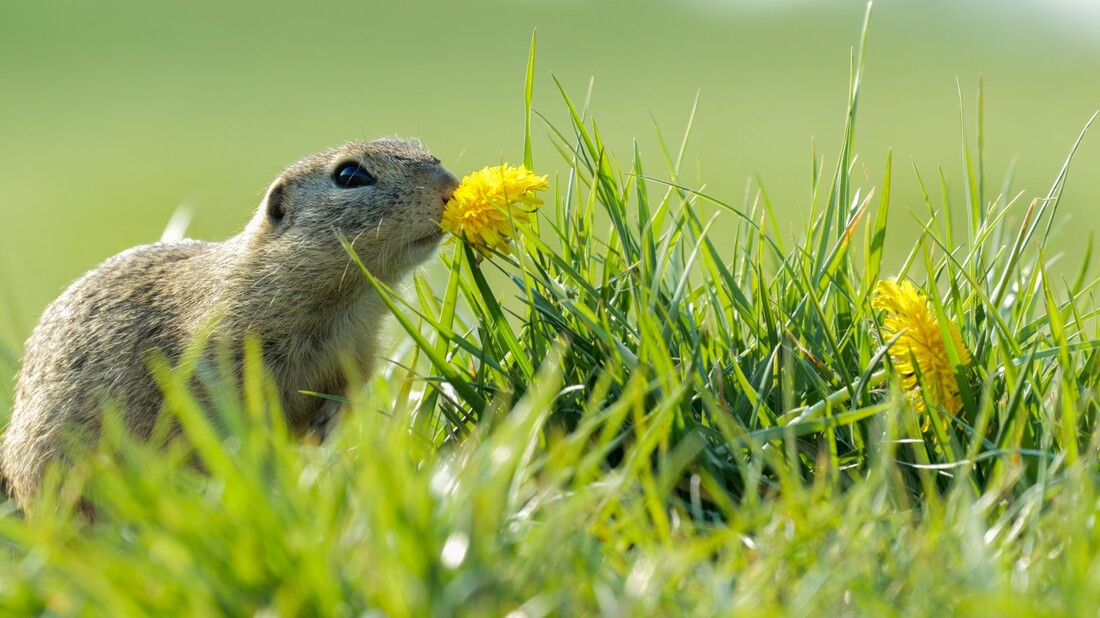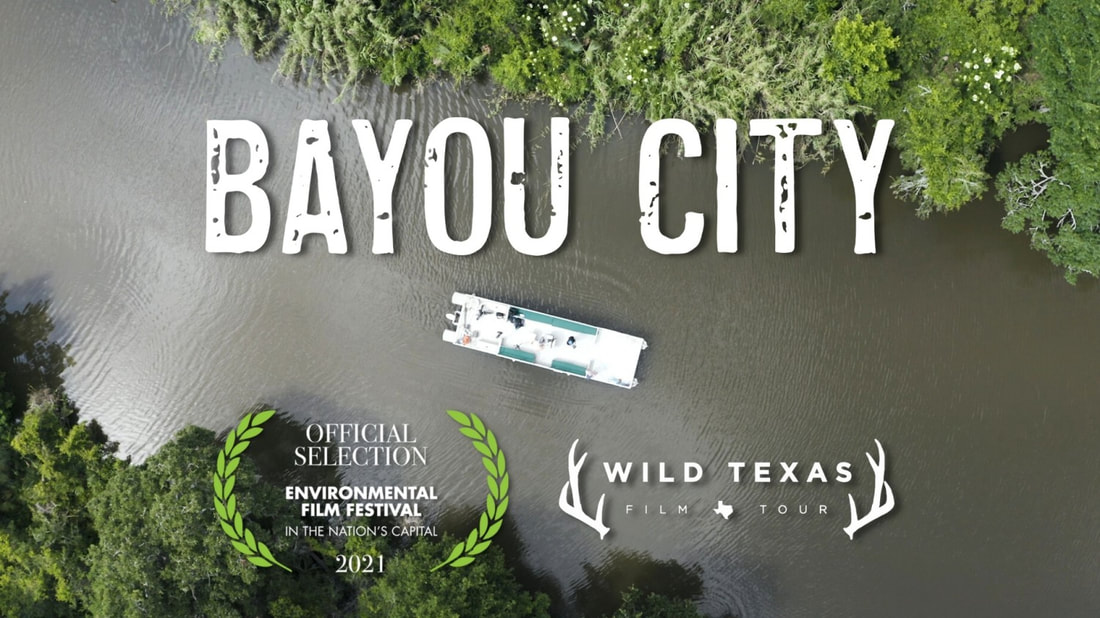|
What did you learn from your experience making this film/program?
Watching wildlife is about the most mindful thing you can do. Sat alone on an Antarctic coastline. There’s no one else for hundreds of miles and no sign of humanity. You’re just watching and listening. Watching the penguins and waiting. Waiting for them to do something. Waiting to film. People ask if it’s challenging or if you need extreme patience, but there’s nothing challenging about it. It doesn’t matter that it’s cold or windy or that it’s icy. I just found it really fascinating to sit from first light at 5am ‘til last light at 9pm, to watch and observe and then to capture a moment and turn it into engaging images to create an inspiring story – that’s about as good as it gets. What impact do you hope this film/program will have? What I really love is the idea that audiences will come and enjoy the film. I want them to feel happy, inspired, and awestruck. BUT I also want people to feel hopeful and uplifted about what can still be done to reverse climate change and biodiversity loss. I also want the audience to take away the profound thought that actually what happens here in Antarctica is really critical for all of us and it’s worth fighting for. Were there any surprising or meaningful moments/experiences you want to share? For one sequence, we were working with some Argentinian scientists and the Argentinian navy who were the most hospitable, friendly people. They fed us every day, they housed us and some nights they danced with us – we were all in our full Antarctic gear wearing huge boots and overalls dancing the tango at the end of the earth. That was a wonderful memory. And of course, the memory of the gorgeous penguins. When the chicks grow up and shed all their fluffy feathers, their parents have left and the young ones then all walk down to the sea to take their first swim. They’re sat next to you waiting to plunge into the icy ocean. During those moments, some of them fall asleep just a couple of meters away – they’re so trusting. That’s a really sweet moment and it makes it all the more heart breaking and nerve wracking when they do finally jump into the sea, and you watch them try to evade the jaws of a massive leopard seal. Did the film team use any unusual techniques or unique imaging technology? We took drones to Antarctica. They allowed us to film behavior that you wouldn’t normally see. We also filmed deep under the ice with timelapse cameras to give a perspective of a rarely seen world. What is your favorite shot and why? There was one incredible animal moment where I suddenly thought, ‘OK, that’s in the film’: A penguin was being chased through the sea by a leopard seal and managed to just escape by leaping out of the water and onto an iceberg. The leopard seal then jumped out of the water too and up onto the iceberg right next to the penguin. The seal began inching closer to the poor little penguin that was just exhausted. And this was happening right in front of us! We were filming the action from drone, from the land and from the water. The leopard seal has its jaws wide open, and the penguin leant forward and tried to peck this huge predator to get it away. Imagine a 30-centimeter-high penguin and a three-meter-long leopard seal – it’s completely David and Goliath! It was so brave and what happened next? Well, I won’t spoil it, you’ll have to see the film. What do you feel is most important to remember when conveying information via film? Not many people get the chance to go to Antarctica, so our goal is to connect to that continent. It’s wild, it’s extraordinary, it’s spectacular. And I hope it’s entertaining and engaging in that respect. But the key thing, especially considering lots of children are going to be watching this film, is to inspire them with hope. The idea that there really are solutions to climate change, to the struggles the natural world is facing, and even in places really far away that you wouldn’t have considered, there are things happening that give us a lot of hope. And that’s what I want people to leave the theater with, feeling like there’s something that can be done. That Antarctica, a frozen continent that’s miles away, is something worth protecting. Something we can still protect.
0 Comments
Q: What inspired this story?
Yaz: I created Wake Up & Smell the Flowers to celebrate European Ground Squirrels, an absolutely adorable species! I moved to Vienna in September last year, which meant the ground squirrels were already in hibernation. So making this film was actually my first time experiencing these beautiful animals! I was inspired to create this film from some gorgeous photographs of the ground squirrels and flowers I had seen. I thought what could better represent Spring than adorable ground squirrels embarking on a frantic flower feast! That is something everyone just has to see! Q: Describe some of the challenges faced while making this film/program? Yaz: I aim to create all my films to have only the smallest carbon impact possible. Thanks to Vienna’s amazing public transport network and with a bit of leg power, this film was created without a single car journey (and also without flights). Carrying gear through a combination of buses, undergrounds and trains, plus a 3.5km hike, allowed me to film the ground squirrels! It was absolutely worth the extra effort, knowing this film was created with such small carbon emissions. Q: What impact do you hope this film/program will have? Yaz: European Ground Squirrels are endangered and threatened. Despite being a protected species, their habitats are still being destroyed and fragmented due to agricultural expansions and building developments. I really hope that this film will raise awareness for this beautiful species and hopefully inspire those who live in the same countries as ground squirrels, to help them. Currently European Ground Squirrels are resident in: Austria, Bulgaria, Czech Republic, Greece, Hungary, Moldova, North Macedonia, Poland, Romania, Serbia, Slovakia and Turkey. How can you help European Ground Squirrels?
Q: Were there any surprising or meaningful moments/experiences you want to share? Yaz: Although I filmed lots of ground squirrels, I spent most of the time focusing on the couple featured in the film. It was a very beautiful experience as I watched their relationship over time. They paired up almost as soon as the female awoke from hibernation. I then witnessed their interactions and affection with each other grow, as well as the male fending off many, many other males. Once the female was pregnant, they were so focused on preparing for the new arrivals, particularly the female running back and forth constantly to collect nesting material, every single morning as soon as the sun was up. The male ground squirrel is a very curious and friendly little guy, who was often coming to check out me and my camera, jumping into my camera bag when possible and even getting comfy in my fellow camera operator, Jack’s, shoes. Everytime he interacted with us, I just could not stop smiling! It was a beautiful experience witnessing a huge part of these little animals’ lives. I am also very happy to report that a few weeks after filming finished, two adorable babies emerged from the couple’s burrow! Q: What next? Yaz: I am continuing filming and working on stories about Vienna’s wildlife. You would be surprised just how much amazing wildlife there is in this beautiful city!
 What did you learn from the making of this film? Directors make and shape their films, but it is also true that films make and shape their directors.; They reduce what you take for granted. For me, making Day Zero radically altered my conception of “Earth” for example, and “Nature”. With every location these concepts became more precious, more fragile, more vulnerable. The expression ‘living in harmony with Nature’ took on a new and challenging meaning. And because Day Zero - a global water crisis - is now a near certainty, a catastrophe that will soon affect everyone; and because its impact can be alleviated only if we all pull together in a concerted global effort, the making of the film revealed to me the debt that each of us as individuals owes to humanity as a whole. We can’t turn our backs on this story. How do you approach storytelling? These days, there’s always an apocalypse happening somewhere, but it’s normally happening somewhere else. Global warming, climate change, water crisis, most people may have strong opinions about such things, but they can’t always find them. We thought it was our job to help them. We wanted to make an environmental film for people who do not watch environmental films. We wanted to beat drums. We had a message and we wanted it to be heard. We wanted to give climate change a human face and global crisis a local habitation. Yes, Day Zero is a film about potentially catastrophic shifts in natural weather patterns – but it’s also about your hamburger and fries. Water is the element that links everything to everything else. Just like film editing. So Day Zero would tell the story of the Water Crisis in a way that only film can. It would be a film that could cut from Outer Space to a slum kitchen in a South African township; from the Civil War in Syria to the cattle pens in Kansas; from the vast underground caves of Florida to the heart of the Amazonian Rain Forest. Day Zero was conceived as a rallying cry -an unashamedly demotic, down to earth film about the future of the Planet. It is a beautifully shot film with a terrifying warning, but also a film that finds in our shared humanity a solution - a way to fight back. What impact do you hope this film will have? Modern life on earth, the life we have grown used to, Is unsustainable - there’s not enough nature to go round. Near the end of the film the narrator says: “People used to say that water was Nature’s way of talking to mankind”. We hope that people will start listening. |
Archives
March 2024
Categories
All
|
Contact UsJackson Wild
240 S. Glenwood, Suite 102 PO Box 3940 Jackson, WY 83001 307-200-3286 info@jacksonwild.org |




 RSS Feed
RSS Feed